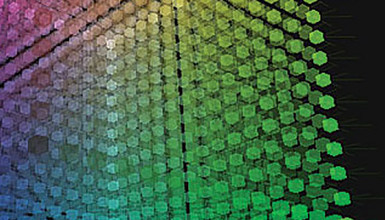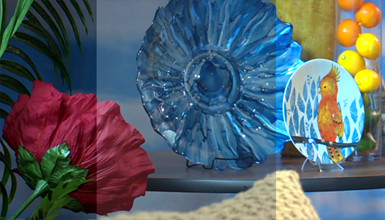At AJA's booth, I got a chance to take a look at their new LUT-box, which, true to its name, allows you to load 3D LUTs and output to HDMI and SDI monitors.
Approximately the same size as one of AJA's mini-converters, the LUT-box supports multiple LUT formats and can be easily controlled via the free MiniConfig software. The LUT-box should be available starting next month, so watch my video above for more details.

















